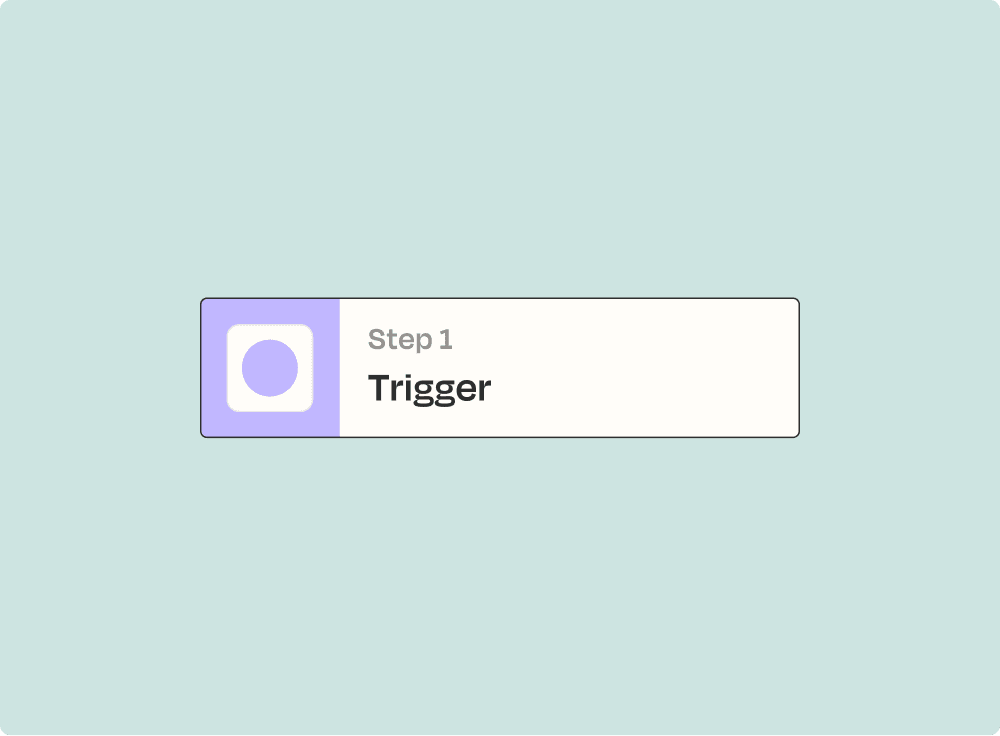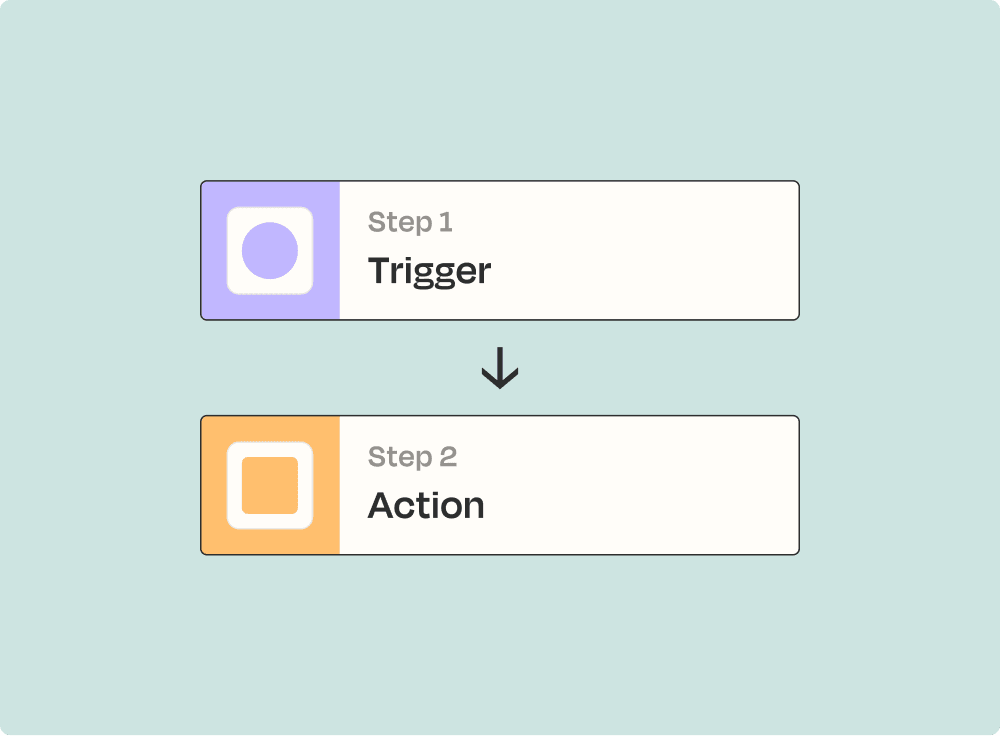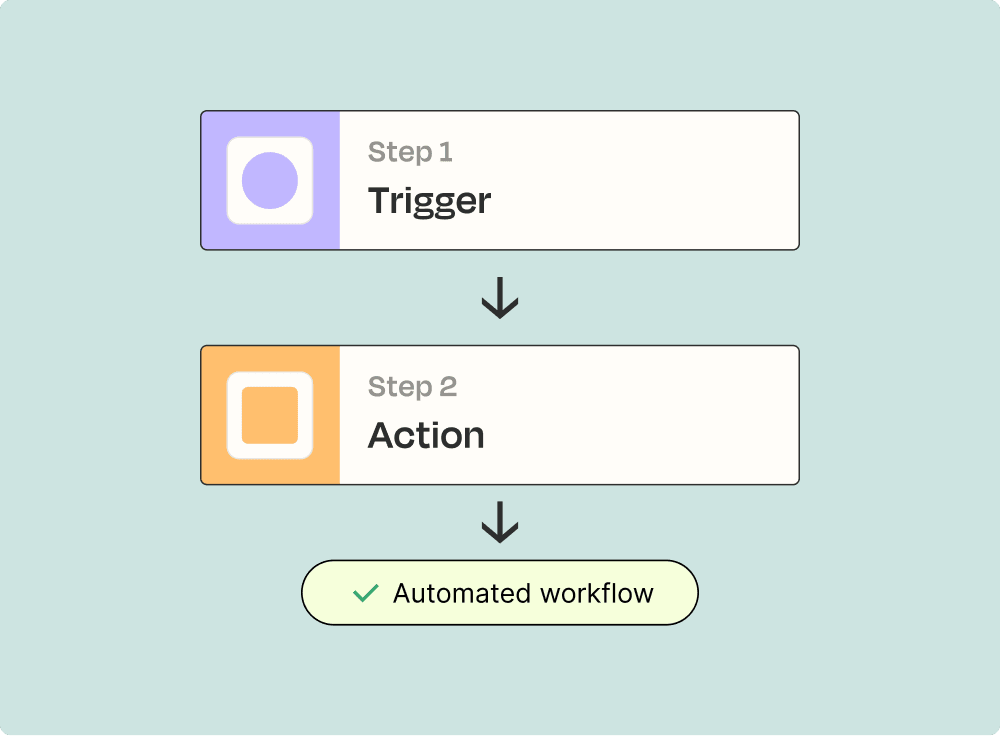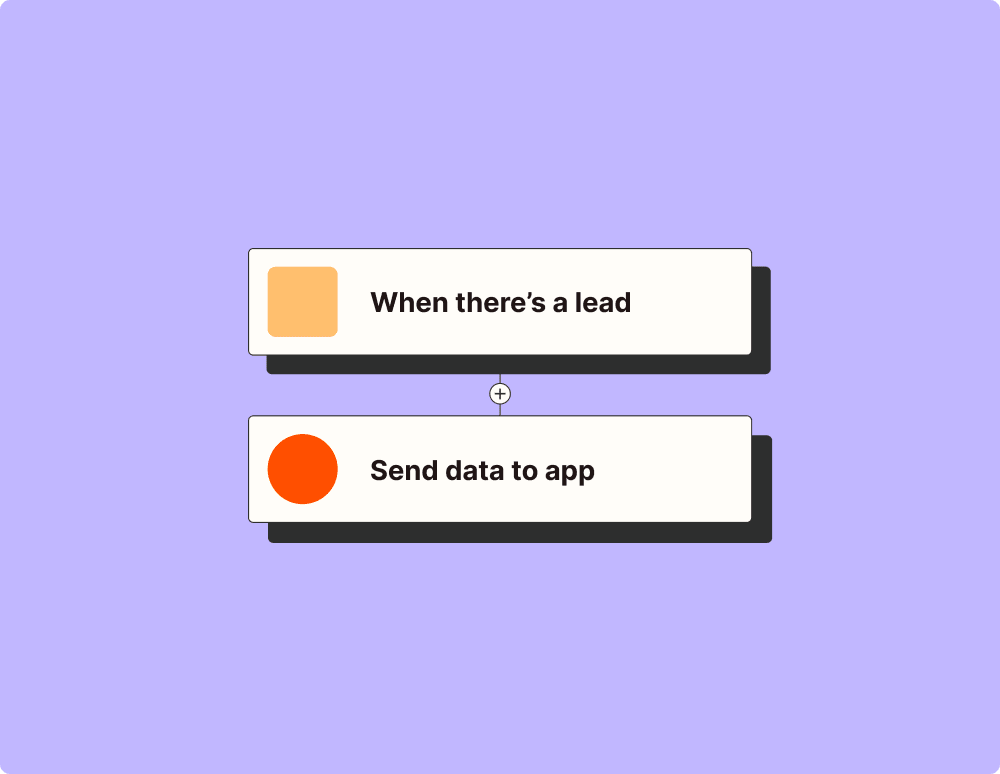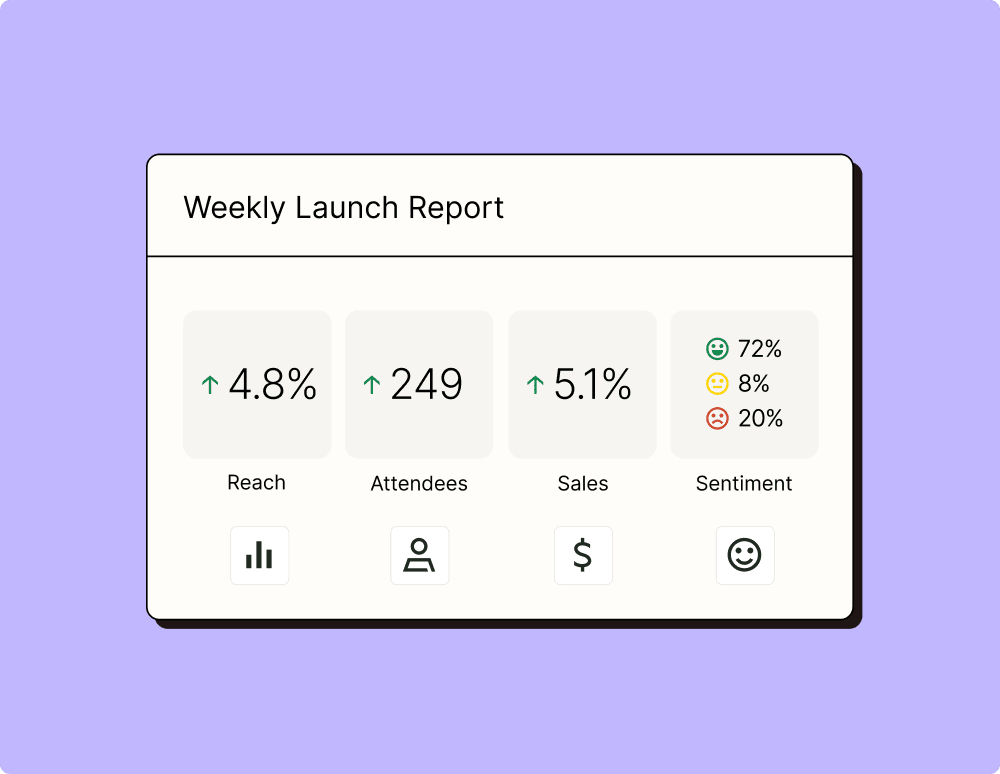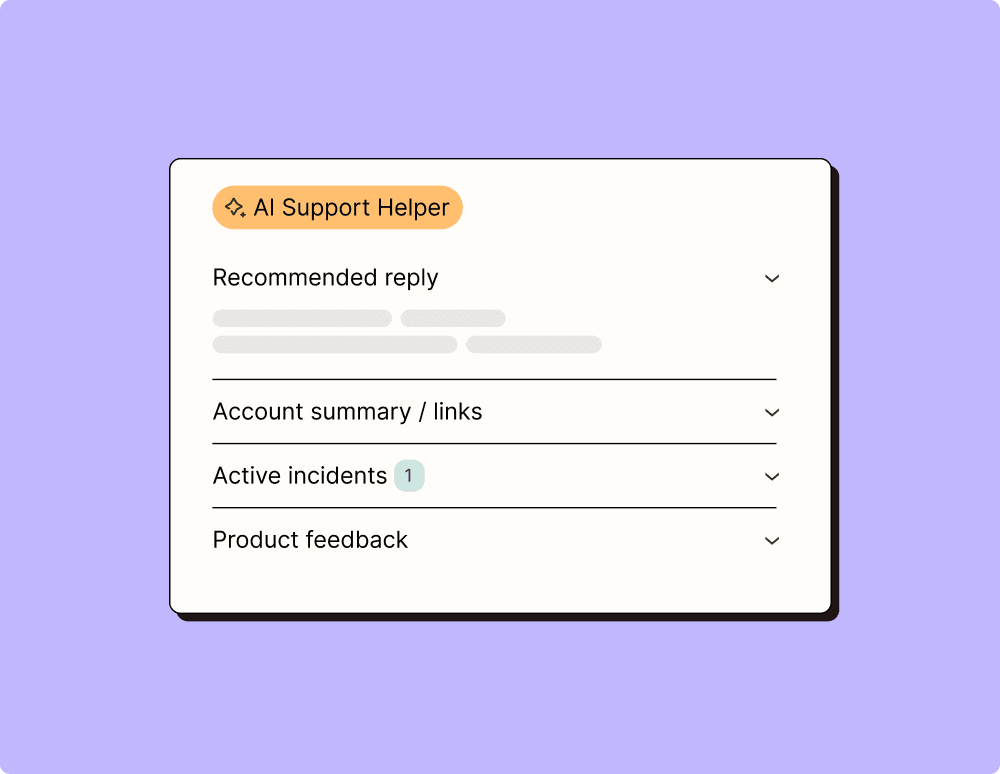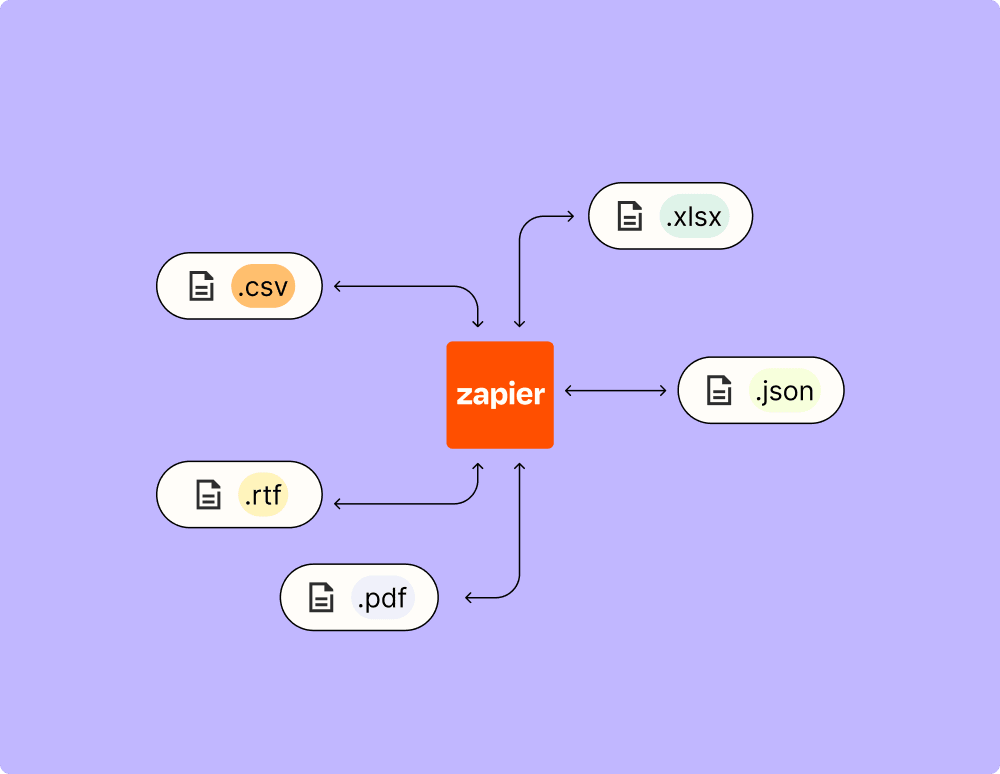Connect Firebase / Firestore and OneSignal to unlock the power of automation
- No credit card required
- Free forever for core features
- 14-day trial for premium features and apps
Set up your first integration
Quickly connect Firebase / Firestore to OneSignal with a Zapier template.
Our most popular template

How Zapier works
Zapier makes it easy to integrate Firebase / Firestore with OneSignal - no code necessary. See how you can get setup in minutes.
Zapier is the automation platform of choice for 87% of Forbes Cloud 100 companies in 2023
93%
Customers who say using Zapier has made them better at their job
25m
Customers have created over 25 million Zaps on the platform
6 mins
The average user takes less than 6 minutes to set up a Zap
Frequently Asked Questions about Firebase / Firestore + OneSignal integrations
New to automation with Zapier? You're not alone. Here are some answers to common questions about how Zapier works with Firebase / Firestore and OneSignal
How can I set up a trigger in Firebase to send notifications via OneSignal?
To set up a trigger in Firebase that sends notifications through OneSignal, you'll need to use Firebase Cloud Functions. You can write a function that listens for changes in your Firestore database or specific authentication events. When these changes occur, the function sends an HTTP request with the relevant data to OneSignal's API, thus triggering a notification.
What are the prerequisites for integrating Firestore with OneSignal?
Before integrating Firestore with OneSignal, ensure you have active accounts on both platforms. In Firebase, enable and configure Cloud Functions and ensure you have your Firestore database set up. For OneSignal, obtain your REST API key and setup your app ID. This information is essential for authenticating and sending data securely between the two services.
Can Firestore triggers be used to personalize notifications sent via OneSignal?
Yes, Firestore triggers can be utilized to personalize notifications. By listening for data changes in specific documents or collections within Firestore, our integrated Cloud Function can extract personalized information such as user names or recent activity. This data is then included in the payload sent to OneSignal's API for crafting personalized push notifications.
How do we ensure secure data transfer between Firebase and OneSignal?
Data security between Firebase and OneSignal is achieved by using HTTPS requests with proper authentication measures such as API keys or OAuth tokens. Moreover, Firebase Security Rules should be configured correctly to restrict unauthorized access to sensitive data in your Firestore databases.
What typical actions can trigger a notification from Firestore when using OneSignal?
Typical actions that can trigger a notification include document creation, updates, or deletions within specific collections or documents stored in Firestore. These actions are detected by Firebase Cloud Functions which then send relevant information over to the OneSignal platform.
Are there any limits on the number of notifications that can be sent when integrating with OneSignal?
While integrating Firebase with OneSignal through our services typically handles high volumes gracefully, actual limits on notification sending depend on the plans you subscribe to with each platform. It’s advisable to consult both platforms' documentation regarding quotas and limits.
Can event-based triggers from other Firebase products also initiate notifications via OneSignal?
Indeed! Besides Firestore events, other Firebase products like Realtime Database changes or Analytics events can also work as triggers using Cloud Functions. These functions gather event data and communicate it effectively with the OneSignal API for initiating notifications.
Supported triggers and actions
Zapier helps you create workflows that connect your apps to automate repetitive tasks. A trigger is an event that starts a workflow, and an action is an event a Zap performs.
- PathRequired
- Order
- Location of newest objects
Try It- PathRequired
- Convert Numerics
- NewId
- Data
- Api_docs_info
- Apply standard error handling?Required
- HTTP MethodRequired
- URLRequired
- Query String Parameters
- Additional Request Headers
- Body
- CollectionRequired
- QueryRequired
